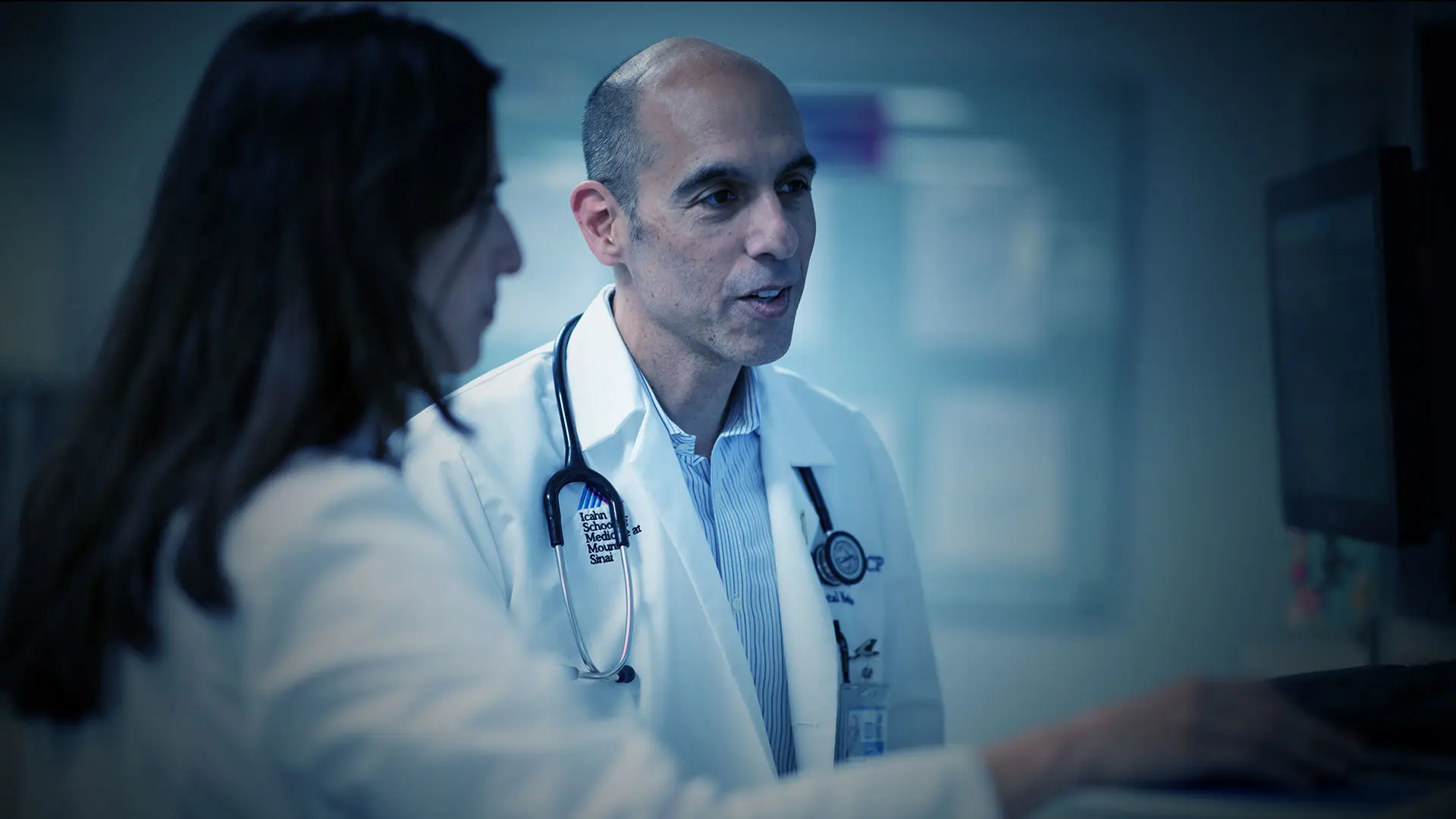Related Article
For a growing number of Mount Sinai patients, acute hospital care has taken on all the comforts of home. That’s because many of the staples of inpatient care—from imaging and intravenous medications to regular bedside monitoring by nurses and daily management by physicians—have been forwarded to their homes through the Mount Sinai Hospital at Home program.
While hospitalization at home has lately become a national movement, Mount Sinai can trace its roots to a Centers for Medicare and Medicaid Services (CMS) Innovation grant in 2014 to study the effectiveness of providing acute hospital care in the home. Based on that seminal work, Mount Sinai established itself as the pioneer in the field; many programs now sprouting across the country have drawn from the Mount Sinai model, which continues to differentiate itself through its high standard of care and the breadth and depth of its at-home services.
“We’re committed to delivering quality services where patients most want to receive them, and that often means right in their homes,” says Tuyet-Trinh Truong, MD, Chief Medical Officer of Mount Sinai at Home and Associate Professor of Medicine (Hospital Medicine) at the Icahn School of Medicine at Mount Sinai. “At the same time, we’re creating a continuum of home care by recently launching Rehabilitation at Home, in addition to offering Palliative Care at Home. We’ve also built into that platform Community Paramedicine, Home Infusion, and Home Health to afford patients seamless transitions along their medical journey.”
Mount Sinai Hospital at Home, the largest of those complementary initiatives, plans to begin admitting between 50 and 60 new patients a month this year, roughly doubling its current monthly census of about 30 patients. Referrals from the case managers, social workers, physicians, nurses, and other providers in the hospital setting are helping to drive that growth, as well as the satisfaction of patients and families who have experienced its level of care first-hand.
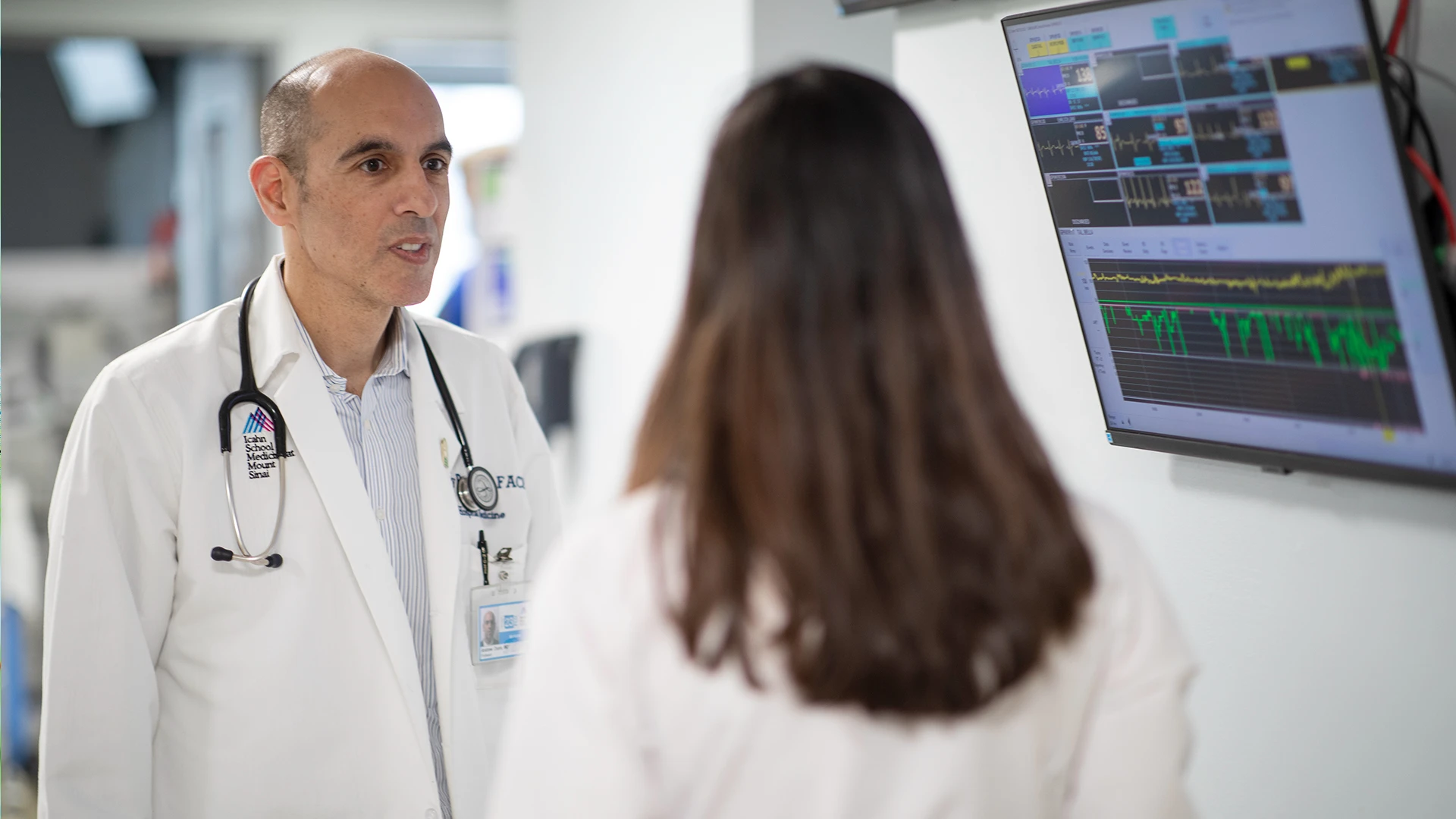
Andrew Dunn, MD, Chief of the Division of Hospital Medicine, and his team have built a robust Hospital at Home program that has kept patients out of the hospital while still achieving exceptional health outcomes.
To be eligible, participants must demonstrate an inpatient-level need, live in New York City (except for Staten Island), and have an insurance plan with Healthfirst, Aetna, Empire, or Fee-for-Service Medicare if they wish to be admitted to Hospital at Home directly from an emergency room. If the patient has been in the hospital for more than 48 hours, all insurance plans are accepted by the program.
“We have a team of acute-care nurses who visit the patient in their home twice a day and, depending on the illness, are able to draw blood; give diuretics, antibiotics, or other IV medications; administer respiratory treatment, and much more,” explains Joanna Mecca, MD, Medical Director of Hospital at Home and Assistant Professor of Medicine (Hospital Medicine) at Icahn Mount Sinai. “Patients can also access our team of physicians and nurse practitioners around the clock through our virtual care command center.” One of the features of that telemedicine capability, she points out, is an audio-enhanced stethoscope that allows clinicians to remotely hear heart and lung sounds as recorded by nurses at the patient’s bedside.
For one elderly patient who experienced a stroke and was doing poorly in the hospital, Mount Sinai’s home-based program translated into rapid results. Surrounded now by family, home-cooked meals, and 24/7 professional care, the patient’s appetite and alertness returned and previous discussions about the use of a feeding tube or even hospice care were no longer needed. Hospital at Home also proved a blessing to a 40-year-old woman who entered the emergency room with a severe kidney infection. Because she had a school-age son and no family or friends to care for him, she requested the intervention of Hospital at Home and was able to receive the intense care, including intravenous fluid and antibiotics, she required.
“There are many drivers of Hospital at Home, but the one we’re proudest of is keeping patients out of the hospital while achieving health outcomes that are as good if not better than those possible with an inpatient stay,” emphasizes Andrew Dunn, MD, System Chief of Hospital Medicine and Professor of Medicine at Icahn Mount Sinai. Indeed, a recent study in Journal of the American Geriatric Society showed that Medicaid patients enrolled in Hospital at Home experienced better outcomes than those in the traditional hospital setting, with hospital readmissions down by half and return visits to the emergency room lower by two-thirds.
Satisfaction levels are as high among the program’s nurses and clinicians as they are for patients and their families.
“The pandemic forced a lot of people in our field to reassess their careers,” says Dr. Truong, “and they have since gravitated to home hospitalization because it allows them to deliver the highest level of one-on-one patient care without feeling rushed or burned out.”
Featured Faculty and Division Leadership
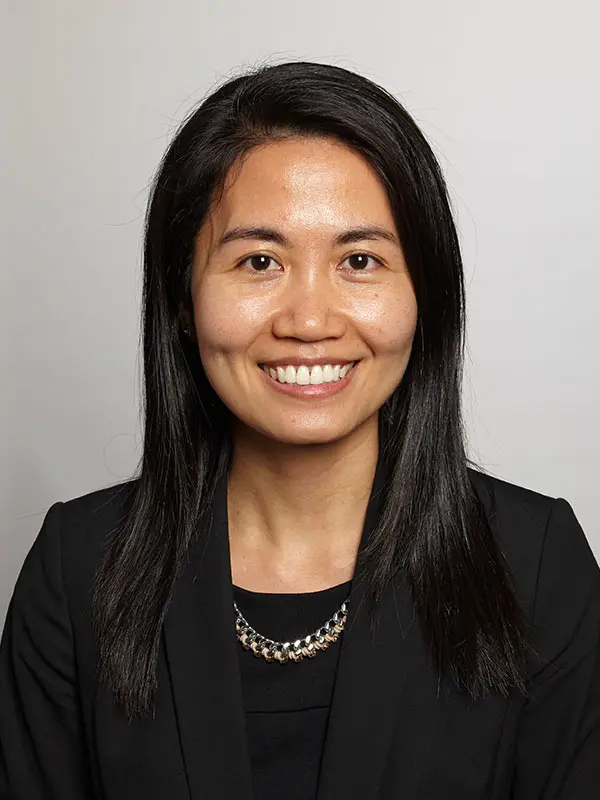
Tuyet-Trinh Truong, MD
Associate Professor of Medicine (Hospital Medicine)
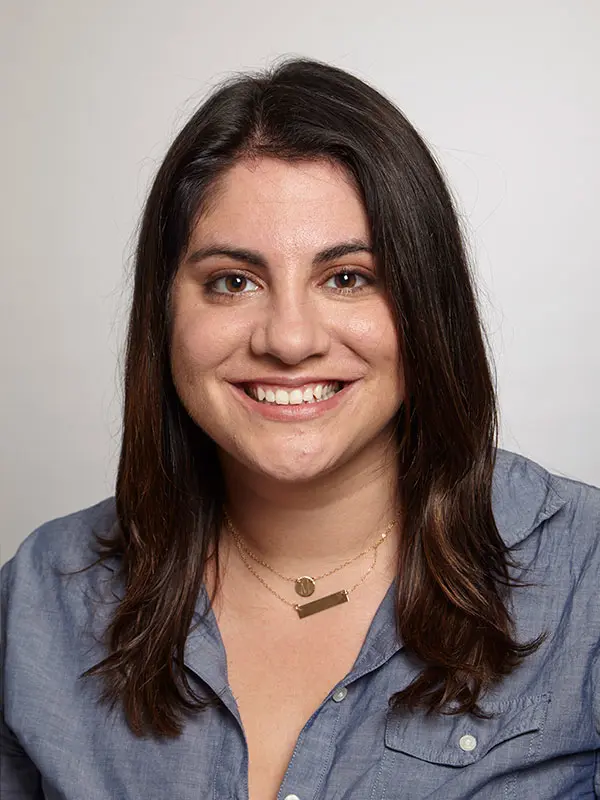
Joanna Mecca, MD
Assistant Professor of Medicine (Hospital Medicine)
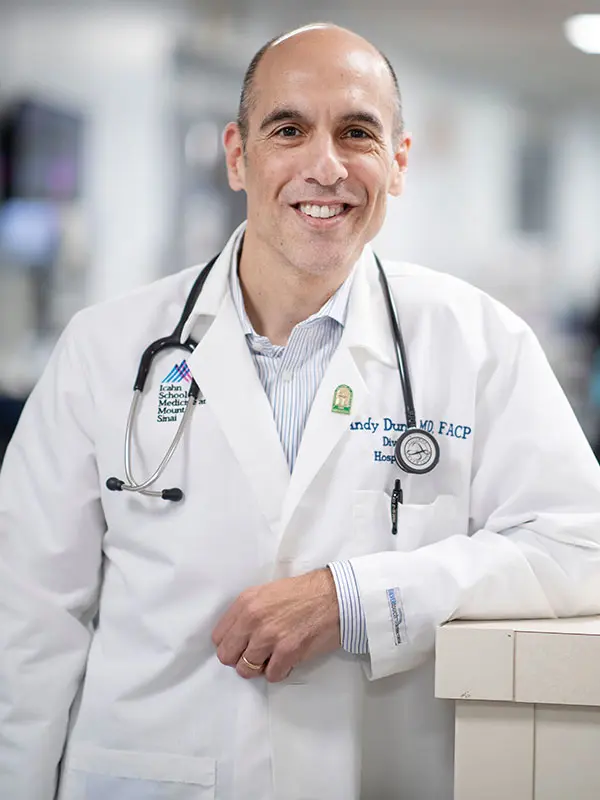
Andrew Dunn, MD
Professor of Medicine (Hospital Medicine); Chief, Division of Hospital Medicine
